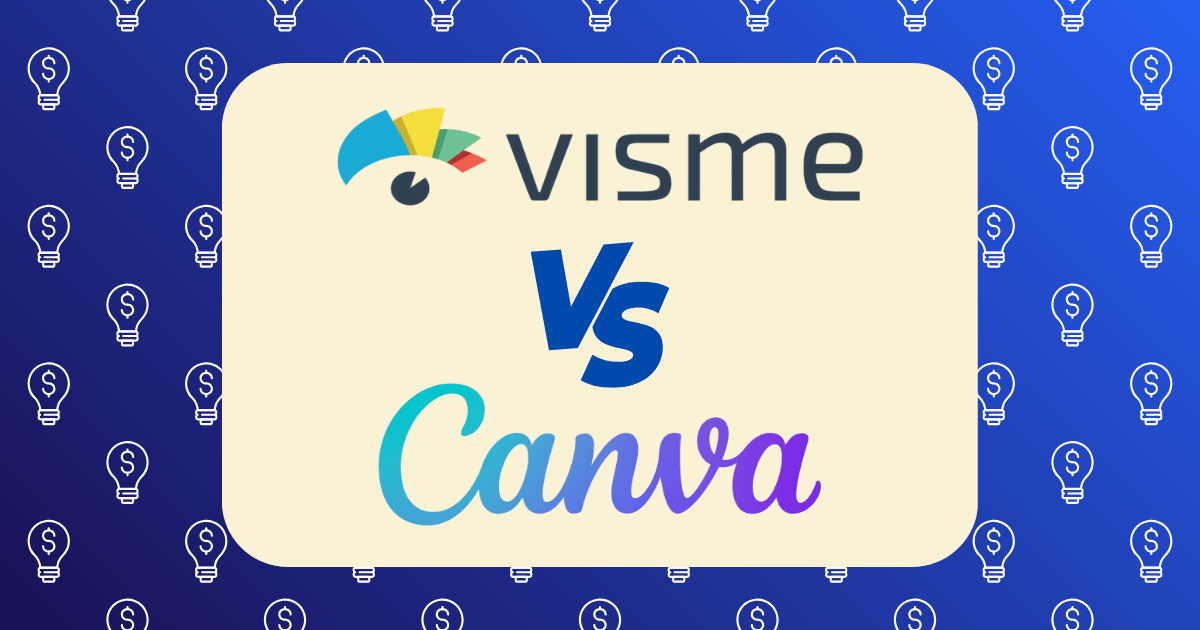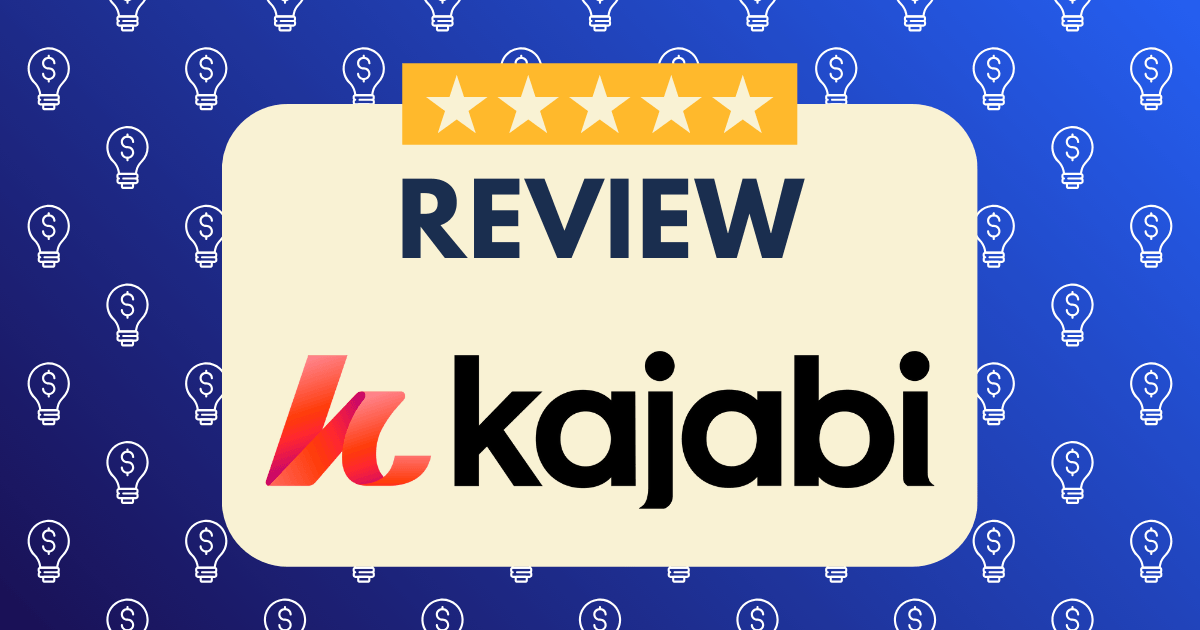Online Course Creation Timeline: From Idea to $10,000 in Sales in 90 Days

When I decided to create my first online course, I had no audience, limited technical skills, and a healthy dose of imposter syndrome. What I did have was expertise in a specific area and a methodical approach to project execution. Ninety days later, I had not only launched a successful online course but generated over $10,000 in sales—all while maintaining my full-time job.
This wasn’t the result of luck or some “secret hack.” It was the product of strategic planning, market research, and a disciplined execution framework that anyone can replicate. In this comprehensive guide, I’ll walk you through my exact 90-day timeline, breaking down each phase with specific action items, metrics, and strategies that you can adapt for your own course creation journey.
The Online Course Opportunity in 2025
Before diving into the timeline, let’s examine why online courses remain a powerful opportunity in 2025. According to Kajabi, the global e-learning market is projected to reach $336.98 billion by 2026, with a compound annual growth rate of 9.1%. Successful course creators earn between $1,000 and $10,000 monthly, with 40% of top earners reaching six figures in less than two years.
What’s particularly encouraging is that the barrier to entry remains relatively low. The average startup costs for creating an online course range from $650 to $1,100—a modest investment compared to the potential returns. However, as SchoolMaker notes, the market is shifting toward premium courses that include personalized coaching, with prices typically ranging from $1,000 to $3,000.
This evolving landscape presents both challenges and opportunities. The key is having a structured approach that takes you from initial concept to successful launch in a defined timeframe. Here’s how I did it in 90 days.
Phase 1: Research and Validation (Days 1-15)
The foundation of a successful online course isn’t the content itself—it’s the market research and validation that ensures your course addresses a genuine need that people are willing to pay to solve.
Days 1-5: Market Analysis and Topic Selection
Day 1-2: Identify Potential Course Topics
- Listed 10 potential topics based on my expertise
- Evaluated each topic against three criteria:
- My level of expertise and passion
- Market demand indicators
- Monetization potential
Day 3-4: Competitive Analysis
- Researched existing courses on platforms like Udemy, Teachable, and Coursera
- Analyzed top-performing courses in my niche:
- Content structure
- Pricing strategies
- Student reviews (especially negative ones to identify gaps)
- Instructor backgrounds
Day 5: Topic Refinement
- Narrowed down to three potential topics
- Created a decision matrix scoring each topic on:
- Existing competition (lower is better)
- Demand indicators (higher is better)
- My expertise level (higher is better)
- Production complexity (lower is better)
- Monetization potential (higher is better)
Key Insight: Rather than choosing a broad topic with high competition, I identified a specific sub-niche with demonstrated demand but inadequate existing solutions. According to uTeach, using Google Trends to verify interest in your course topic is essential before proceeding.
Days 6-10: Audience Research and Problem Definition
Day 6-7: Target Audience Definition
- Created detailed personas for my ideal students
- Identified where my target audience congregates online
- Joined relevant communities, forums, and social media groups
Day 8-9: Problem Exploration
- Conducted 5 interviews with potential students
- Analyzed 25+ forum threads and social media discussions
- Documented specific pain points, goals, and objections
Day 10: Problem-Solution Mapping
- Defined the core problem my course would solve
- Outlined the transformation my course would deliver
- Created a value proposition statement
Key Insight: The interviews were invaluable for understanding the language my potential students used to describe their problems. This informed not only my course content but also my marketing messaging.
Days 11-15: Course Concept Validation
Day 11-12: Minimum Viable Offer Creation
- Developed a course outline
- Created a compelling course title
- Drafted key learning outcomes
Day 13-14: Validation Campaign Setup
- Built a simple landing page with:
- Course description
- Key benefits
- Curriculum overview
- Pre-launch pricing offer
- Set up an email capture system
- Created a $100 test ad campaign on Facebook
Day 15: Validation Analysis
- Reviewed click-through rates and email sign-ups
- Analyzed conversion metrics against benchmarks
- Made go/no-go decision based on data
Key Insight: As Matt Giaro suggests, validating your course idea before creating content is crucial. My test campaign generated 43 email sign-ups at an average cost of $2.33 per lead, confirming sufficient interest to proceed.
Phase 2: Content Creation and Production (Days 16-45)
With validation complete, I moved into the content creation phase—focusing on quality, structure, and student outcomes rather than perfection.
Days 16-20: Curriculum Development
Day 16-17: Learning Path Design
- Mapped the student journey from beginner to desired outcome
- Identified potential obstacles and how to address them
- Created a module structure with clear progression
Day 18-19: Lesson Planning
- Broke down modules into digestible lessons (under 12 minutes each)
- Defined learning objectives for each lesson
- Planned engagement activities and exercises
Day 20: Supplementary Materials Planning
- Designed worksheets, templates, and checklists
- Planned quizzes and assessments
- Identified additional resources to enhance learning
Key Insight: Following uTeach’s recommendation, I kept individual lessons under 12 minutes to maintain engagement and created a results roadmap to guide the organization of modules.
Days 21-35: Content Creation
Day 21-22: Script Development
- Created detailed outlines for each lesson
- Developed scripts for video lessons
- Planned visual aids and demonstrations
Day 23-30: Recording and Production
- Set up a simple but effective recording environment
- Recorded all video lessons
- Created slide presentations and visual aids
Day 31-35: Editing and Refinement
- Edited videos for clarity (not perfection)
- Created consistent intro/outro elements
- Organized content in a logical sequence
Key Insight: Following Matt Giaro’s approach, I focused on a simple, casual recording style without excessive editing. This allowed me to complete the recording process efficiently while maintaining quality and authenticity.
Days 36-45: Course Platform Setup
Day 36-38: Platform Selection and Setup
- Researched course hosting platforms
- Selected and set up the platform
- Customized branding elements
Day 39-42: Content Upload and Organization
- Uploaded all course materials
- Organized modules and lessons
- Set up progress tracking and completion certificates
Day 43-45: Testing and Refinement
- Conducted technical testing across devices
- Had 3 beta testers review the course
- Made final adjustments based on feedback
Key Insight: I chose Teachable for its ease of use and robust marketing features, as recommended by Luisa Zhou. This allowed me to focus on content rather than technical challenges.
Phase 3: Pre-Launch Strategy (Days 46-60)
With the course complete, I focused on building anticipation and creating the foundation for a successful launch.
Days 46-50: Marketing Assets Development
Day 46-47: Sales Page Creation
- Wrote compelling sales copy
- Designed page layout and visual elements
- Integrated testimonials from beta testers
Day 48-49: Email Sequence Development
- Created a 5-email launch sequence
- Developed nurture emails for new subscribers
- Set up automation workflows
Day 50: Lead Magnet Creation
- Developed a valuable free resource related to the course
- Created a landing page for the lead magnet
- Set up the delivery system
Key Insight: As Luisa Zhou notes, building an audience can happen during the launch process. My lead magnet strategy was crucial for building my email list from scratch.
Days 51-55: Audience Building
Day 51-52: Content Marketing Setup
- Created 3 valuable blog posts related to the course topic
- Optimized content for SEO
- Integrated lead magnet offers within content
Day 53-54: Social Media Strategy
- Developed a content calendar for launch
- Created template posts for different platforms
- Identified relevant hashtags and communities
Day 55: Strategic Partnerships
- Identified potential affiliates and partners
- Drafted outreach messages
- Created partnership materials
Key Insight: Rather than trying to be everywhere, I focused on two platforms where my target audience was most active. This allowed me to create deeper connections rather than spreading myself too thin.
Days 56-60: Pre-Launch Engagement
Day 56-57: Waitlist Campaign
- Created a waitlist landing page
- Developed exclusive bonuses for waitlist members
- Launched the waitlist campaign
Day 58-59: Webinar Preparation
- Developed webinar content that provided genuine value
- Created promotional materials
- Set up registration and reminder systems
Day 60: Final Pre-Launch Review
- Tested all systems and automations
- Prepared launch day communications
- Finalized pricing and offer structure
Key Insight: The waitlist strategy was particularly effective, generating 267 sign-ups before launch. According to Zendesk’s 30-60-90 day planning approach, this pre-launch phase is crucial for building momentum.
Phase 4: Launch Execution (Days 61-75)
With preparation complete, I executed a strategic launch designed to create momentum and maximize conversions.
Days 61-65: Soft Launch to Waitlist
Day 61: Exclusive Early Access
- Opened enrollment to waitlist subscribers
- Offered special early-bird pricing
- Provided additional bonuses for first adopters
Day 62-63: Social Proof Collection
- Gathered testimonials from early enrollees
- Created case study content
- Recorded video testimonials
Day 64-65: Feedback Integration
- Collected initial feedback
- Made quick improvements where needed
- Prepared for public launch
Key Insight: The soft launch generated 18 sales at $297 each, totaling $5,346. More importantly, it provided social proof for the main launch.
Days 66-70: Public Launch Week
Day 66: Launch Day
- Sent announcement email to entire list
- Published launch content across all platforms
- Activated affiliate partnerships
Day 67-68: Engagement and Objection Handling
- Hosted a Q&A session
- Created content addressing common objections
- Engaged with comments and questions
Day 69-70: Mid-Launch Boost
- Shared early success stories
- Added a new time-sensitive bonus
- Sent reminder emails to non-purchasers
Key Insight: Following SchoolMaker’s advice, I incorporated personal outreach and sales calls for prospects considering the premium tier of my course, which significantly boosted conversions.
Days 71-75: Launch Closing
Day 71-72: Final Opportunity Communications
- Created urgency with countdown timer
- Sent final reminder emails
- Made personal outreach to hot prospects
Day 73-74: New Student Onboarding
- Welcomed new students
- Provided getting-started guidance
- Established communication channels
Day 75: Launch Analysis
- Compiled launch metrics
- Identified successful strategies
- Documented lessons learned
Key Insight: The public launch added 23 more sales, bringing the total to 41 enrollments and $12,177 in revenue. The closing sequence generated 40% of total sales, highlighting the importance of creating urgency.
Phase 5: Post-Launch Optimization (Days 76-90)
The final phase focused on supporting students, gathering feedback, and creating systems for ongoing sales.
Days 76-80: Student Success Systems
Day 76-77: Community Setup
- Established a student community
- Created welcome protocols
- Scheduled initial engagement activities
Day 78-79: Progress Tracking
- Implemented student progress monitoring
- Identified potential drop-off points
- Developed intervention strategies
Day 80: Support System Refinement
- Streamlined support processes
- Created FAQ resources
- Established response time standards
Key Insight: Student success directly impacts word-of-mouth marketing and testimonials. By focusing on student experience, I was building the foundation for sustainable growth.
Days 81-85: Feedback and Improvement
Day 81-82: Feedback Collection
- Sent structured feedback surveys
- Conducted student interviews
- Analyzed course completion data
Day 83-84: Content Enhancement
- Identified improvement opportunities
- Created additional resources based on feedback
- Updated existing content where needed
Day 85: Success Stories Documentation
- Collected student results and testimonials
- Created case studies
- Developed social proof materials
Key Insight: This systematic approach to gathering and implementing feedback not only improved the course but also generated powerful marketing materials for future promotions.
Days 86-90: Evergreen Systems
Day 86-87: Evergreen Funnel Setup
- Created an automated webinar system
- Developed an evergreen email sequence
- Set up continuous enrollment systems
Day 88-89: Traffic Generation Systems
- Implemented SEO strategy for long-term traffic
- Developed content marketing calendar
- Set up strategic ad campaigns
Day 90: Growth Planning
- Analyzed overall 90-day performance
- Identified scaling opportunities
- Created 90-day growth plan
Key Insight: By day 90, I had not only achieved my $10,000 sales goal but also established systems for ongoing enrollment without requiring constant launch cycles.
Key Metrics and Financial Breakdown
After 90 days, here are the key metrics from my course creation journey:
Enrollment and Revenue
- Total enrollments: 41 students
- Revenue breakdown:
- Standard tier ($297): 32 enrollments = $9,504
- Premium tier ($597): 9 enrollments = $5,373
- Total revenue: $14,877
Expenses
- Course platform and tools: $468
- Video equipment and software: $325
- Advertising and promotion: $1,100
- Outsourced services (editing, design): $950
- Total expenses: $2,843
Net Profit
- Net profit: $12,034
- ROI: 423%
Time Investment
- Research and validation: 45 hours
- Content creation: 85 hours
- Platform setup: 25 hours
- Marketing and launch: 60 hours
- Student support: 20 hours
- Total time investment: 235 hours
- Hourly rate: $51.21
Critical Success Factors
Through this process, I identified several factors that were crucial to achieving $10,000+ in sales within 90 days:
1. Validation Before Creation
The initial 15-day validation phase was perhaps the most important part of the entire process. By confirming market demand before investing significant time in content creation, I ensured that my efforts were directed toward a viable product.
2. Structured Timeline and Accountability
Breaking the 90 days into specific phases with clear deliverables kept me on track and prevented the common pitfall of perfectionism. As Salesmate suggests, a structured 30-60-90 day plan increases accountability and helps track progress toward goals.
3. Focus on Transformation, Not Information
Rather than creating a course packed with information, I focused on facilitating a specific transformation for students. This approach not only led to better results but also justified premium pricing.
4. Strategic Pre-Launch Build-Up
The 15-day pre-launch phase created anticipation and allowed me to build an audience specifically interested in my course topic. This targeted approach was more effective than trying to convert a general audience.
5. Tiered Pricing Strategy
Offering two pricing tiers (standard and premium) allowed me to capture different segments of my market and significantly increased average order value.
Implementation Guide: Your 90-Day Course Creation Plan
If you’re inspired to create your own course, here’s a simplified 90-day implementation plan based on my experience:
Days 1-15: Research and Validation
- Identify 3-5 potential course topics
- Research market demand and competition
- Create a simple landing page to test interest
- Make a data-driven decision on your course topic
Days 16-45: Content Creation
- Develop a comprehensive curriculum
- Create engaging, concise lessons
- Produce necessary materials and resources
- Set up your course on a reliable platform
Days 46-60: Pre-Launch Preparation
- Build your marketing assets
- Develop your email sequences
- Create a lead magnet to attract subscribers
- Establish your waitlist
Days 61-75: Strategic Launch
- Open enrollment to your waitlist first
- Launch publicly with a clear timeline
- Engage actively with prospects
- Create urgency with a defined closing date
Days 76-90: Optimization and Systems
- Support your initial students
- Gather and implement feedback
- Document success stories
- Create systems for ongoing enrollment
Conclusion: Your Course Creation Journey Begins Now
Creating and launching a successful online course in 90 days is an achievable goal with the right approach. The key is following a structured process that emphasizes validation, strategic planning, and focused execution.
As the e-learning market continues to grow, the opportunity for subject matter experts to share their knowledge through online courses remains substantial. According to Kajabi, 40% of top earners in the online course industry reached six figures in less than two years—demonstrating the significant potential for those who approach course creation strategically.
Remember that your first course doesn’t need to be perfect; it needs to be valuable and completed. By following this 90-day framework, you can avoid the common pitfalls of course creation and position yourself for success in the growing online education marketplace.
The journey from idea to $10,000 in course sales isn’t about having the most expertise or the biggest audience—it’s about having a systematic approach to creating, launching, and selling a course that delivers genuine value to your students.
Have you created or considered creating an online course? What challenges are you facing in the process? Share your thoughts in the comments below.







